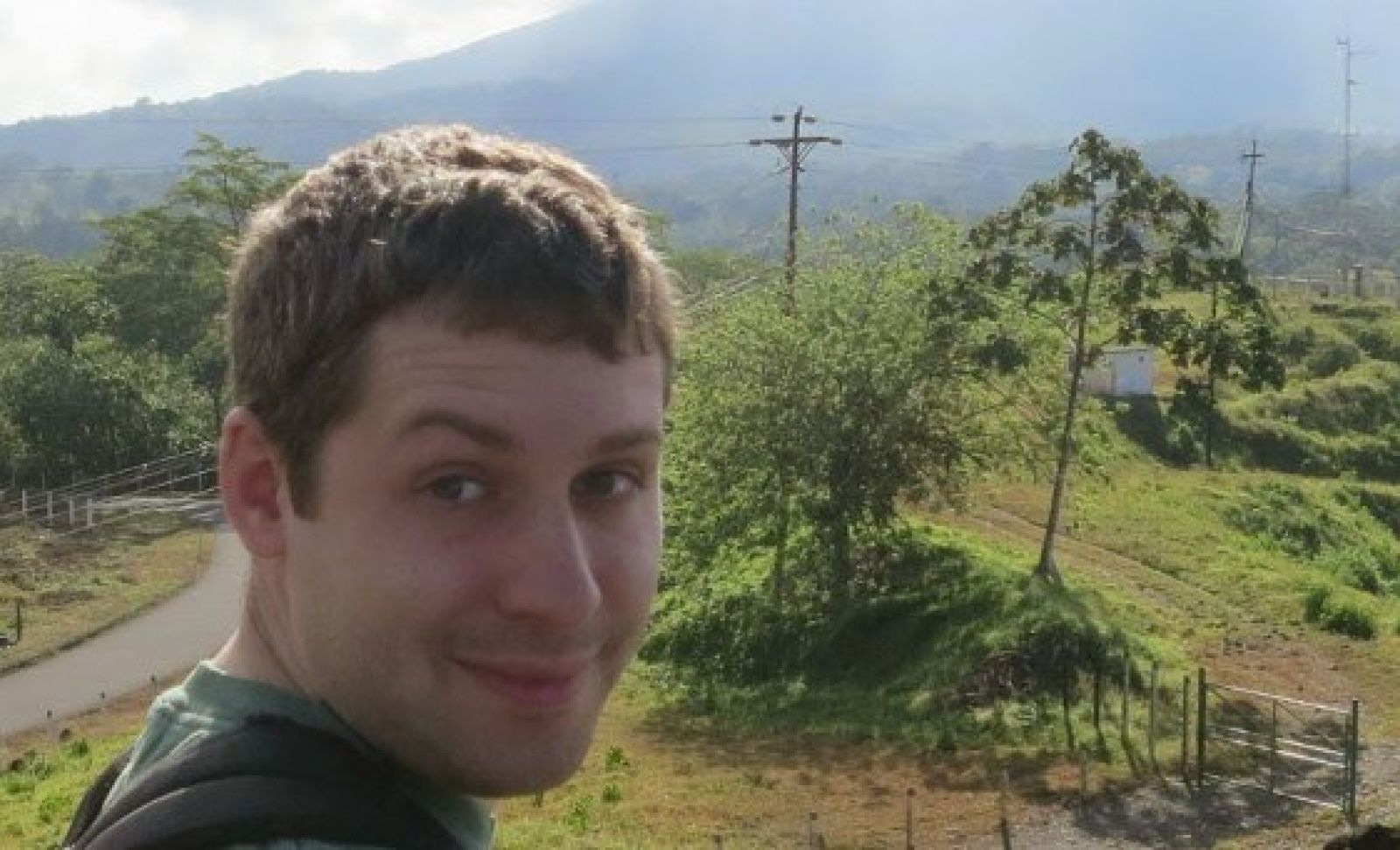
Developing a corporate GHG reduction Methodology takes a village (and lots of corporate voices)
28th Aug 2014
The Science-based Target Setting project has been about collaboration and inclusion since its inception. WWF, CDP, and WRI began developing the concept for an international GHG target-setting methodology together because each organization recognized early that developing in concert would allow us to combine experience and reach beyond any efforts we could create alone.
Our organizations were hardly the first to develop the concept though and we were able to learn from and leverage the incredible work of several key individuals and companies before us. The Center for Sustainable Organizations’ (CSO) collaboration with Ben & Jerry’s, BT’s Climate Stabilization Intensity (CSI) methodology and Dr. Jørgen Randers’ GHG emissions per value added (GEVA) concept were among the first attempts to tie the tremendous bodies of climate science to a more tangible concept where companies could set goals that align with global climate imperatives.
Proving that these were no exception, Autodesk, EMC, and Ford followed suit and were among the early pioneers in developing and implementing what we refer to as “science-based” GHG targets. A number of consulting firms and other NGOs assisted some of these early actors and each has been able to learn from those that came before them. Most of these organizations have also played a role in influencing our 2ºC Scenario – Sectoral Decarbonisation Approach (SDA) methodology.
We have been able to learn from our own approaches as well. Last year, WWF and CDP collaborated to release another science-based GHG methodology that focused solely on US-based corporations. Referred to as The 3% Solution, this methodology leveraged available data that uniquely tied absolute GHG reductions to an estimate of the cost-savings that a company could expect to unlock by reducing their emissions in line with the recommendations of the methodology.
Each of these methodologies has tended to take a slightly different approach as it is difficult to encompass every issue that surrounds creating a “universal” science-based GHG reduction scheme. Even with the number of key NGOs, consultants, corporates, and advisors that have played a role so far in developing the SDA approach, it is crucial to hear from more companies that look to set new GHG reduction goals. As NGOs, we intend to act as the guide posts but the really meaningful climate action will come from within your companies. We need to hear what works and what doesn’t.
Being successful will rely on many stakeholders continuing to contribute, including your own. The SDA methodology has been supported by the collective input and questions from over 100 companies so far but we learn more from each interaction.
The progress that has been made since companies began setting voluntary GHG reduction goals, to then becoming mainstream, and now we are discussing the importance of tying voluntary goals to climate science… it is incredibly encouraging and is a story we want to help tell. Recognize that you play a part in it and the input that you share with us in developing this methodology will have far-reaching and long-lasting effects.
At the end of the day, WWF seeks companies to set corporate GHG reduction goals in line with what the world’s best scientists and researchers from the Intergovernmental Panel on Climate Change (IPCC) and International Energy Agency (IEA) say is needed. We strongly believe that sustainability as a core business tenant leads to profitability, cost-savings, and higher earnings for shareholders- and is our best shot at meeting our collective global conservation goals. Come help us meet these goals.
Latest News
View News


